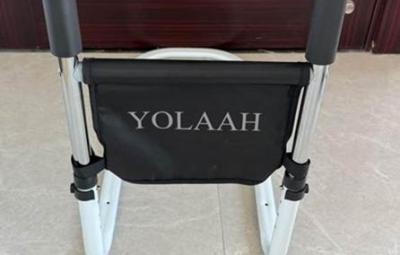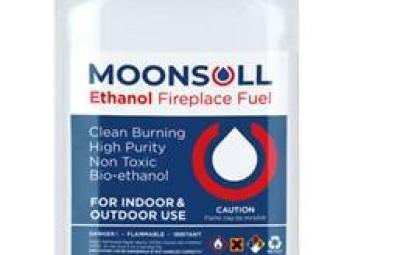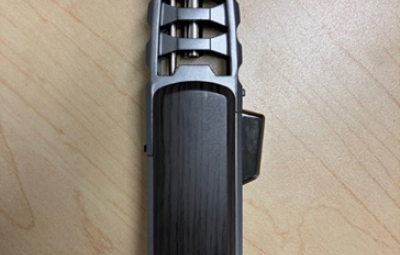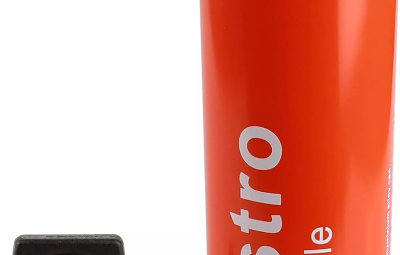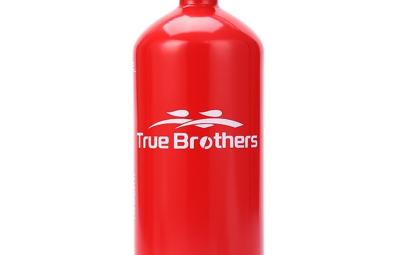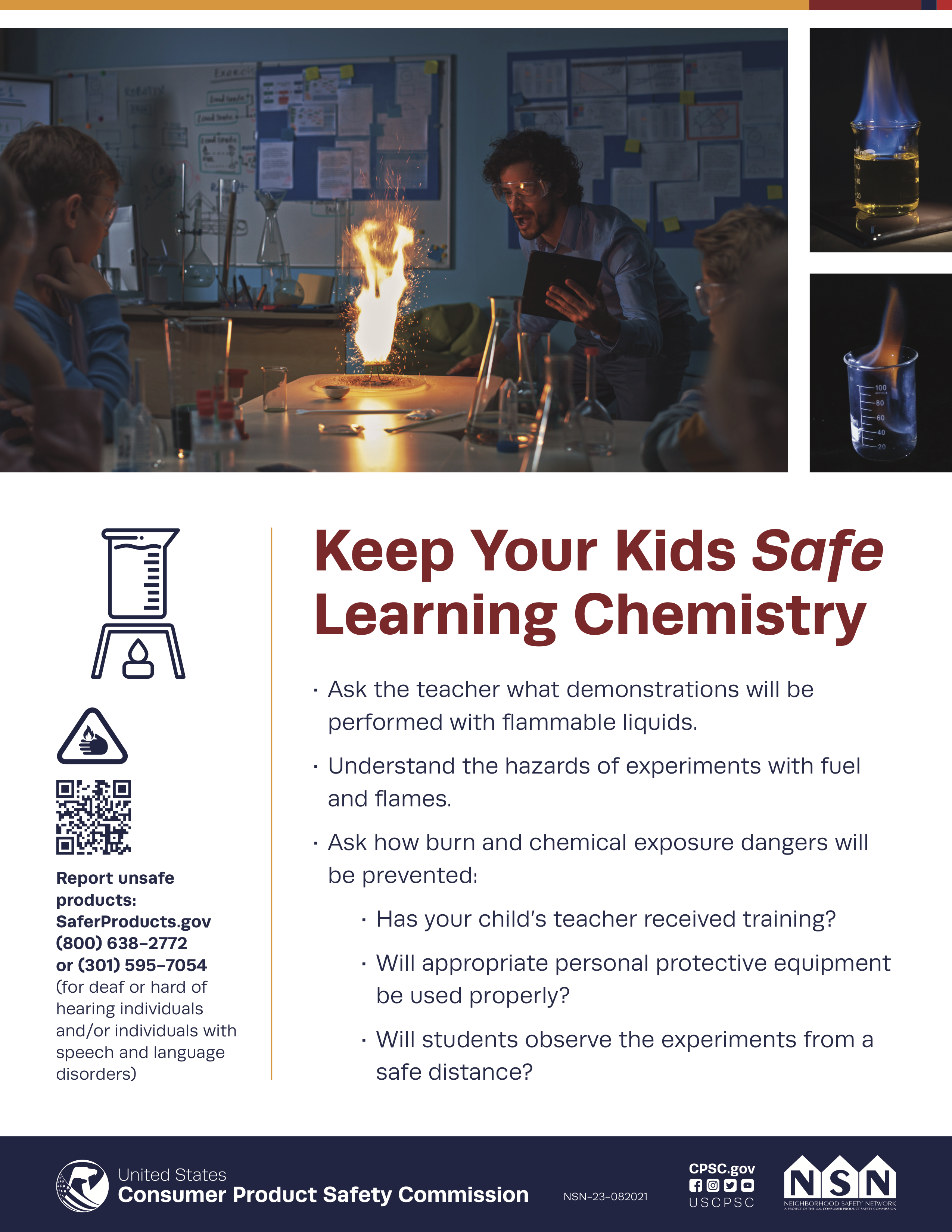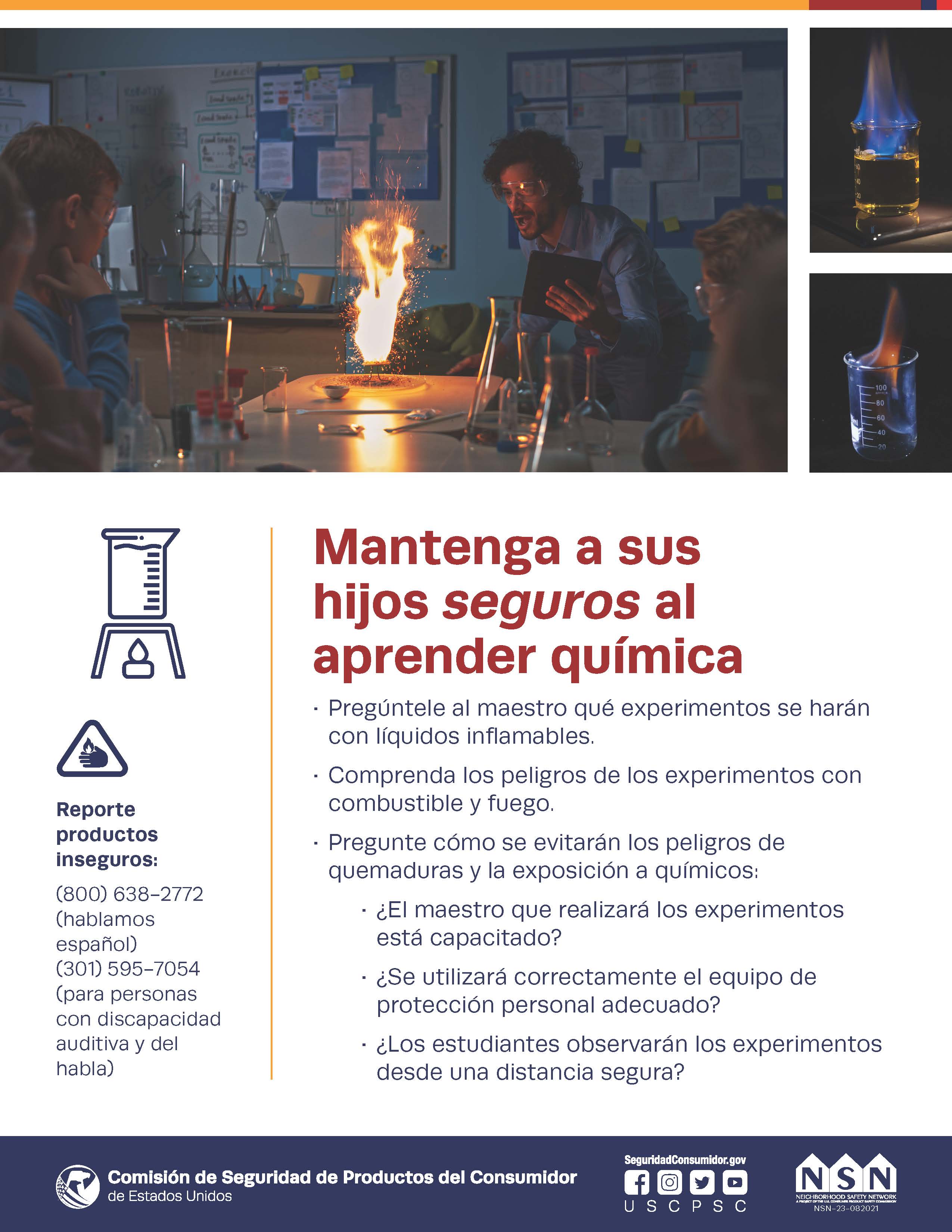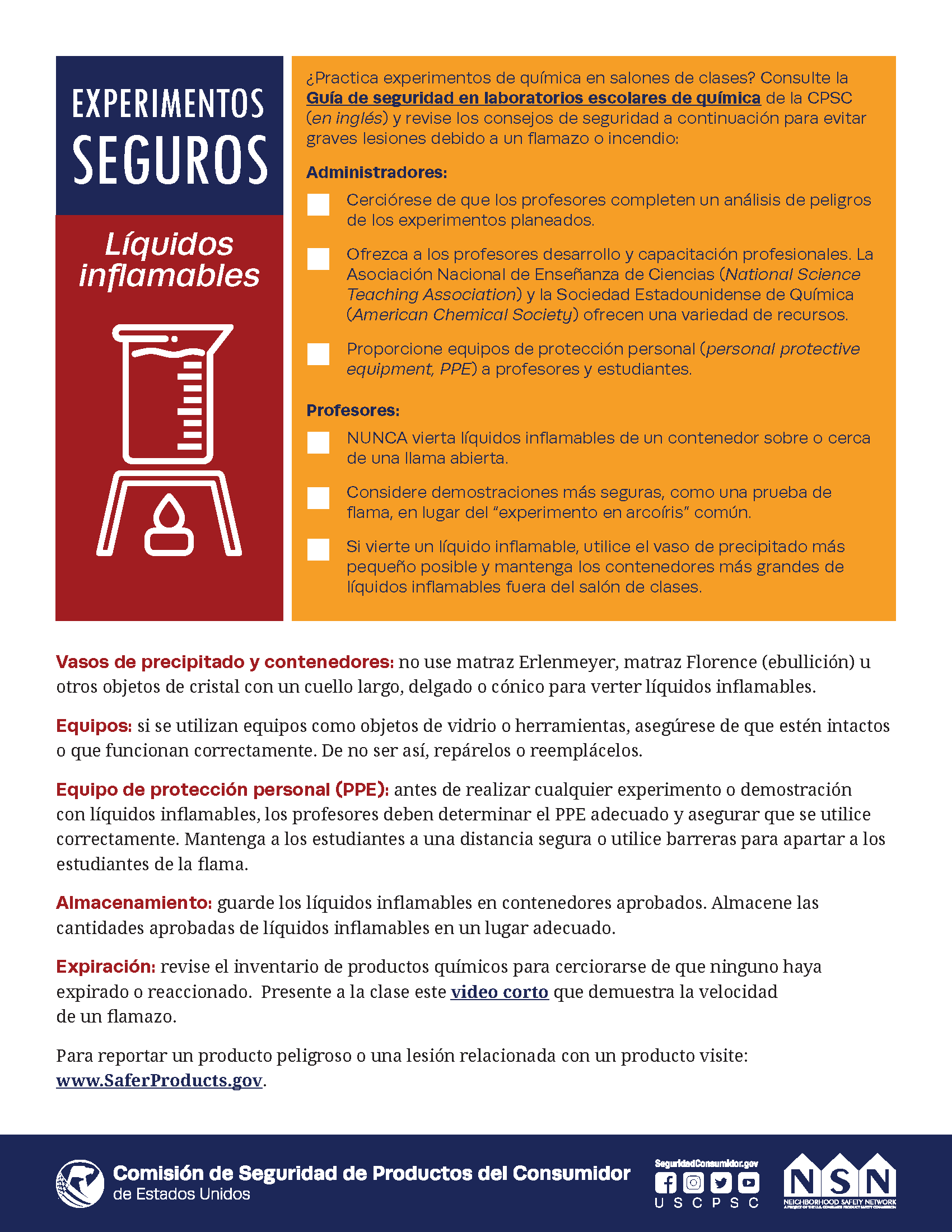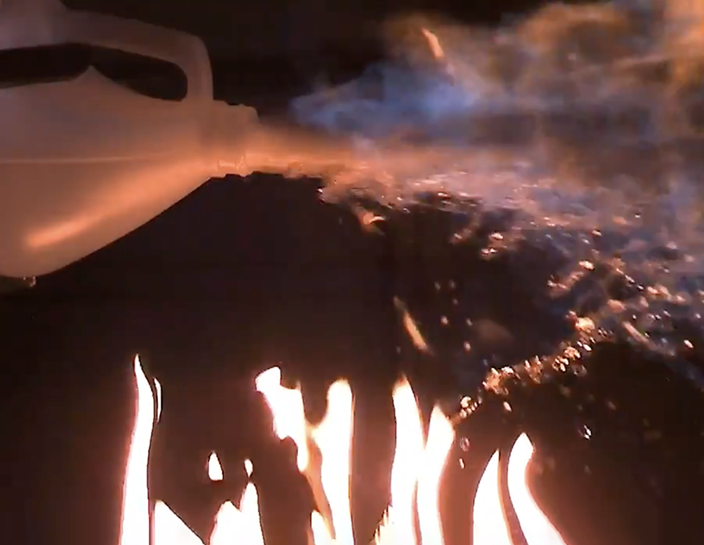
CPSC is making gas cans and other fuel containers safer by requiring flame mitigation devices. The new mandatory safety standard went into effect on July 12, 2023. Read our press release here.
CPSC wants consumers to know how to safely use fuel containers, gasoline and other liquid fuels.
General Safety Tips:
- Buy a gas can or portable fuel container that is child resistant.
- Keep gas cans and other portable fuel containers out of the reach of children.
- Never permit children to play with matches or fuel.
- Store gas cans and portable fuel containers in well-ventilated, cool areas only.
- Never leave fuel containers open, always put the cap back on after use.
- Never smoke near gasoline or at a gas station.
- Always read the instructions.
Fuel Container Safety:
Portable fuel containers can pose a serious injury risk to consumers. If fuel vapor escapes from a fuel container and encounters a spark or flame, it can ignite and flash back into the container, causing a flame explosion that can severely burn those nearby. Portable fuel containers are consumer products with a capacity of five gallons or less, intended for flammable liquid fuels and include gas cans and containers sold with butane to refill cigarette lighters, charcoal lighter fluid, ethanol or bioethanol, fuels for small engines, and liquid fireplace fuels.
- Store portable fuel containers in well-ventilated, cool areas only.
- Never store gas cans inside a house, basement, or near sources of ignition, such as fuel-burning appliances, open flames, pilot lights, stoves, heaters or electric mowers.
- Always place a gas can on the ground to fill up at the gas station.
- Do not use plastic bags or other inappropriate containers with gasoline or other flammable liquids.
Backyard Fire Pit Safety:
- Never use gasoline to start a fire or to re-start a fire - even if you think the fire was not ignited.
- Only use appropriate fire starters and only before lighting the fire.
- Never add liquid fuel after trying to start a fire.
- Keep a hose or fire extinguisher nearby.
- Never burn when the risk of wildfires is high.
Flame Jetting
Flame jetting is a sudden and possibly violent flash fire that can occur when pouring flammable liquids from a container over an exposed flame or ignition source.
Watch a short video demonstrating the speed of flame jetting.
Classroom Chemistry Experiments
Keep kids safe from flame jetting and other flammable liquid hazards while learning chemistry.
Chemistry Experiments Safety Guide
Check off these safety tips to avoid serious injuries from flame jetting and fire during chemistry experiments.



